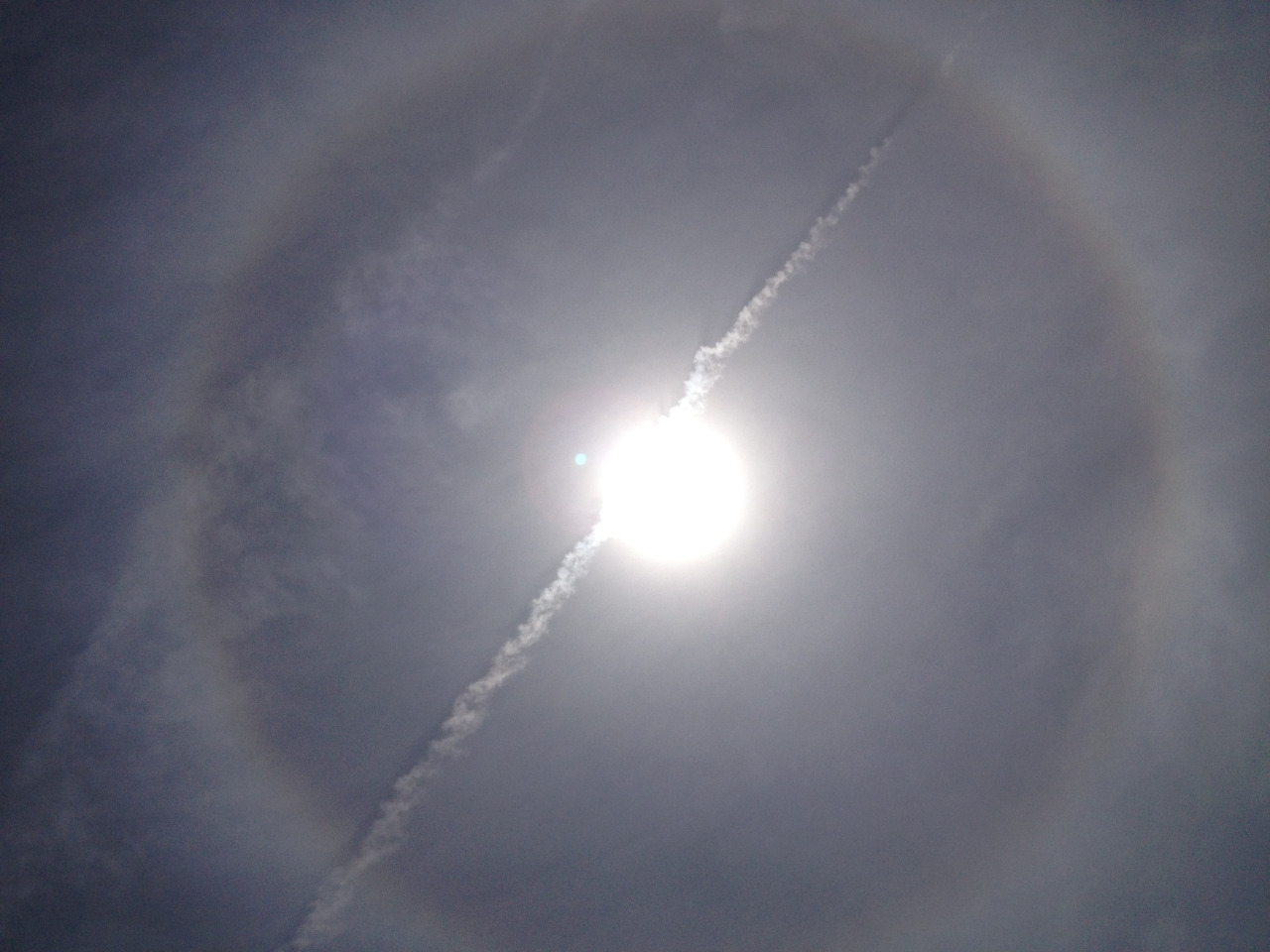Spring Smoothie
As you probably remember from some posts back, I prefer smoothies over juices. Partly because they are much easier to make (not so much cleaning involved), but also because all the nutrients remain intact - especially the fiber. One of the trickier aspects of making a smoothie is that the texture may not be so amenable. One thing to remember: you can always add more water to manipulate the texture!
It was probably the ray of sunshine that inspired this smoothie, or maybe it was way too many dinners out this week. Either way- I am so grateful because even my husband said, and I quote: “I could have this drink every day for the rest of life." I couldn’t ask for a bigger compliment!
Green Smoothie Recipe
2 servings (16 ounces per serving)
- 1 cup of mango (fresh or frozen)
- ¼ cup of pineapple (fresh or frozen)
- 1 cup of arugula (fresh or frozen) *** I used Arugula I had frozen myself
- 2 tablespoons of fresh mint (preferably)
- 1 tablespoon of flaxseeds
- 1 tablespoon of chia seeds
- 2 cups of water, or more, if you want to change the consistency
Every serving is: 90 calories, 3 grams of protein, 7 grams of fiber, and 4.5 grams of healthy fats. It is definitely not a meal replacement, but it’s a great way to start your day!
Happy blending!

